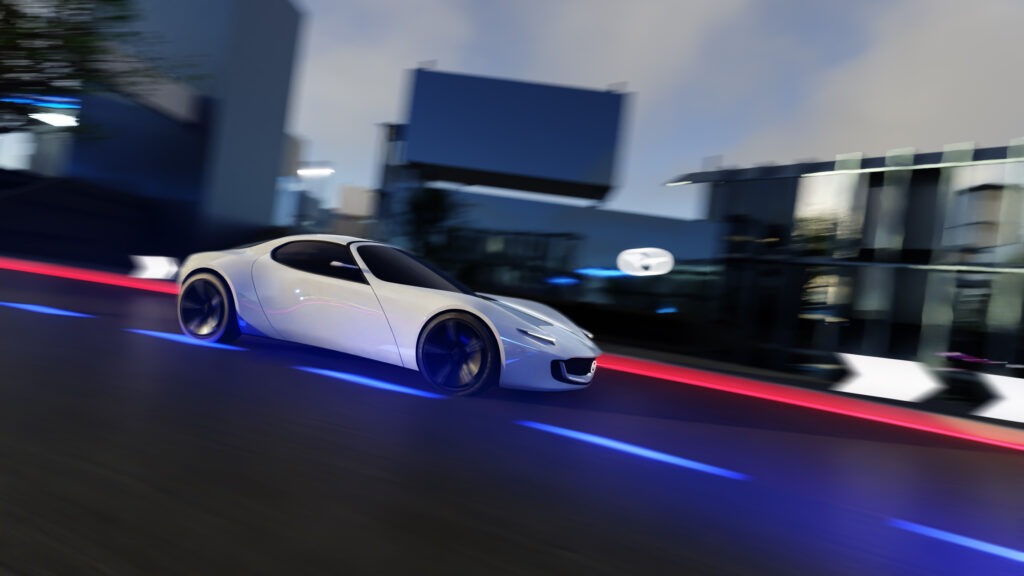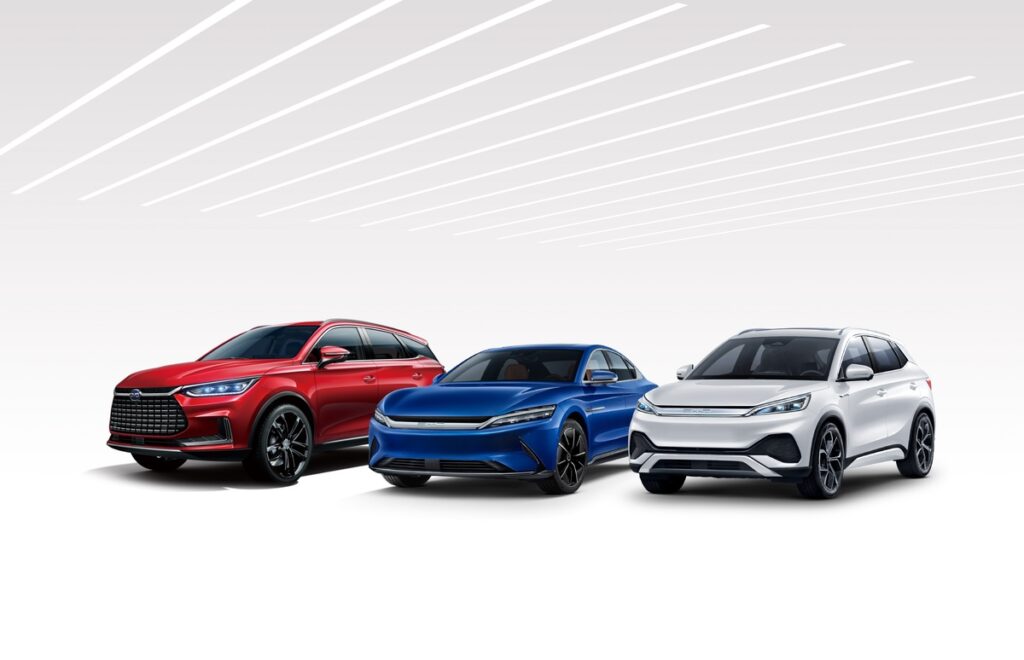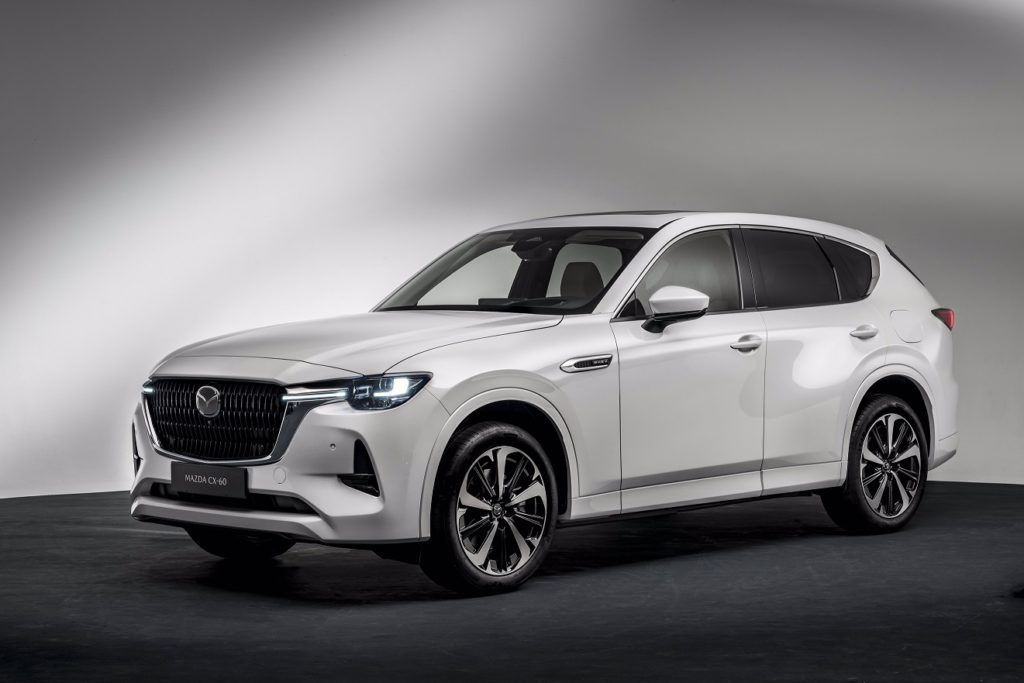Mazda focuses on electrification acceleration
27 November 2022

Japanese carmaker Mazda has confirmed its electrification strategy. The three-phase plan looks to significantly increase the company’s electric-vehicle (EV) production by the end of the decade. By 2030, the company estimates between 25% and 40% of its global sales will come from EVs.
The first phase
The first phase of Mazda’s road to electrification is slated to conclude in 2024. The carmaker will consolidate its resources and strengthen its internal technology, including research and development (R&D). Mazda will also look to strengthen its supply chain, as well as increasing its efficiency and sustainability.
‘In this phase, following on from the CX-60, we will enhance our earning power with the introduction of the CX-70, CX-80, and CX-90, offering plug-in hybrids and diesel engines with a mild-hybrid system that will achieve both environmental and driving performance. In addition, we will develop technologies for battery-electric vehicles (BEVs) in a fully-fledged manner,’ said Akira Marumoto, Mazda representative director, president and CEO.
The second phase
Mazda has earmarked 2025 to 2027 as the time to advance its move towards full electrification. Profits from internal-combustion engine (ICE) sales will be used to bolster battery R&D as changing demand and regulations reform the market.
Included in this step is the introduction of a new hybrid system, as well as dedicated BEVs aimed at the Chinese market. Other BEV launches can also be expected for global markets.
The third phase
The final stretch of Mazda’s electrification will run from 2027 to 2030. By this point, the manufacturer will undertake the full-scale launch of BEVs. ‘During a period of transition to EVs up to around 2030, we see our multi-solution approach to be effective,’ stated Marumoto.
‘We (will) offer a variety of solutions, including internal-combustion engines, electrification technologies and alternative fuels, so we can provide appropriate combinations that suit power-generation conditions in each region. On the other hand, we expect Mazda’s EV ratio in our global sales in 2030 to be 25% to 40%, considering each country’s electrification policies or more stringent regulations,’ he added.
Sustainable and safer picture
As well as embracing electrification, the Japanese manufacturer aims to become carbon-neutral by 2050, with its factories achieving this goal by 2035. This will hinge on three pillars; energy conservation, a shift to renewable energies, and utilising carbon-neutral fuels.
Mazda’s emphasis on electrification and enhanced sustainability also extends to road safety. The company plans to develop ‘human-centred’ advanced driving-assistance technology. The end goal is to eliminate new Mazda vehicles as a cause of fatal accidents, which could be avoidable with automotive technologies by 2040. Mazda’s focus on electrification and advanced technology echoes similar moves from new Asian carmakers.
Entering at a time of industry upheaval but backed by dependable supply chains and equipped with advanced electric technology, these new entrants could reshape the long-established status quo of the European automotive market. A study undertaken by Transport and Environment (T&E) in October 2022 found that Chinese manufacturers have claimed 5% of all BEV sales in Europe so far this year. The green group predicts that these carmakers could supply the region with 9% to 18% of its BEVs come 2025.



